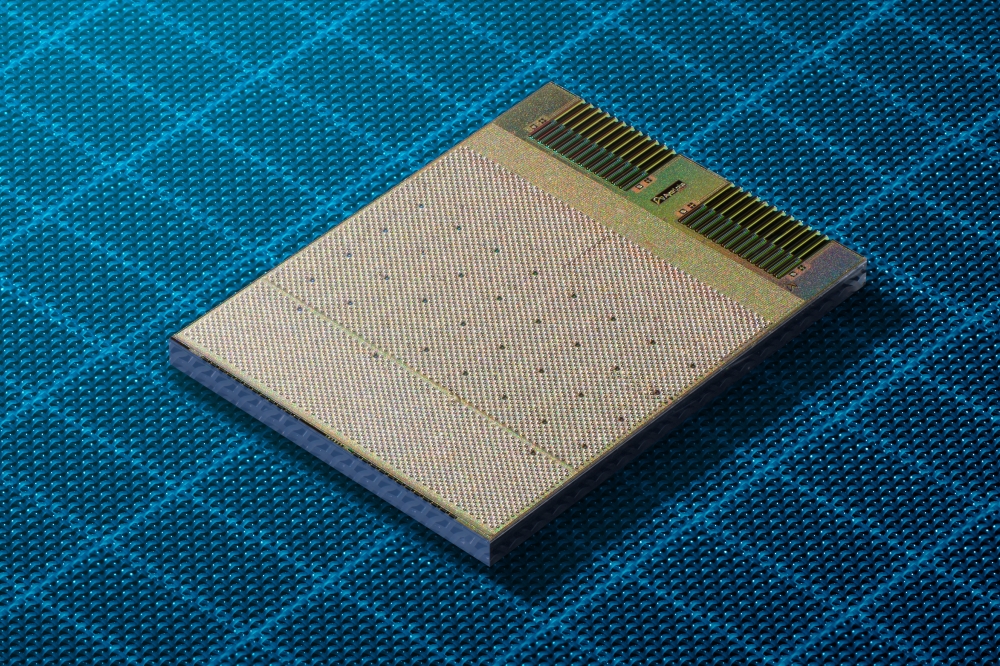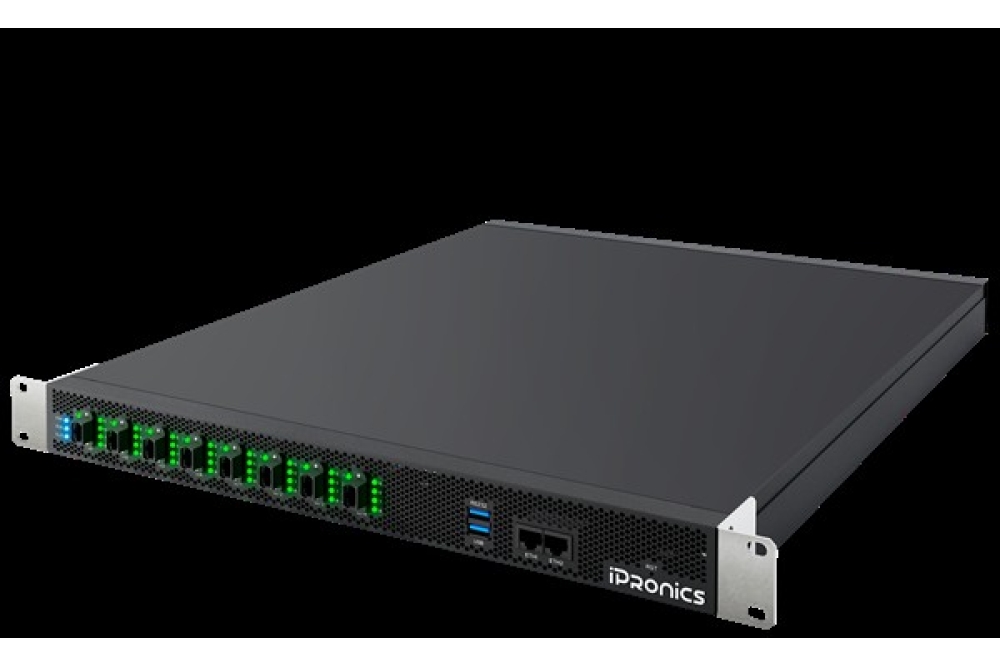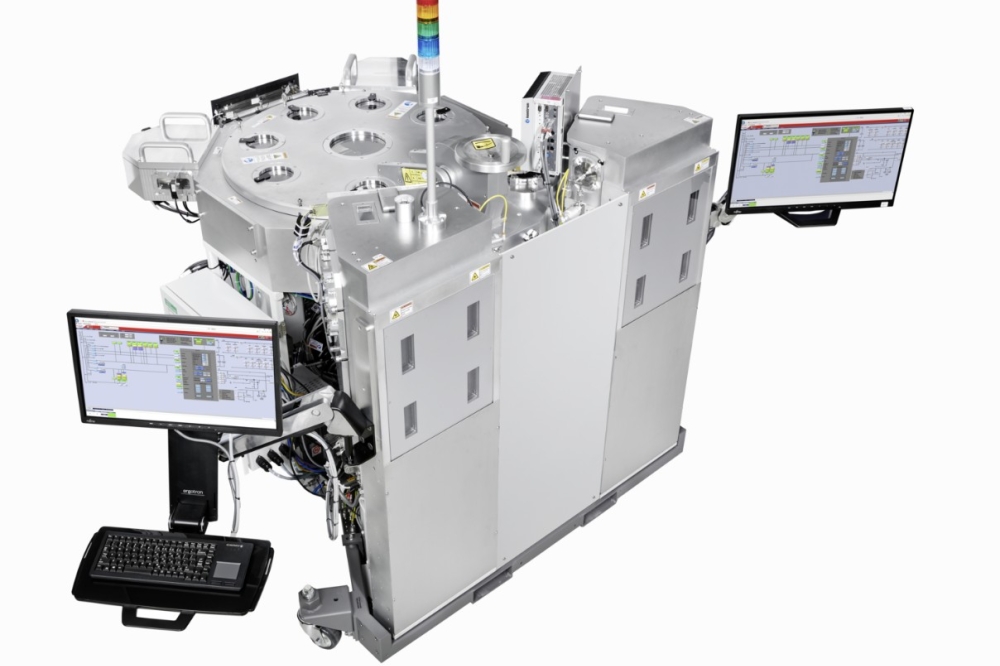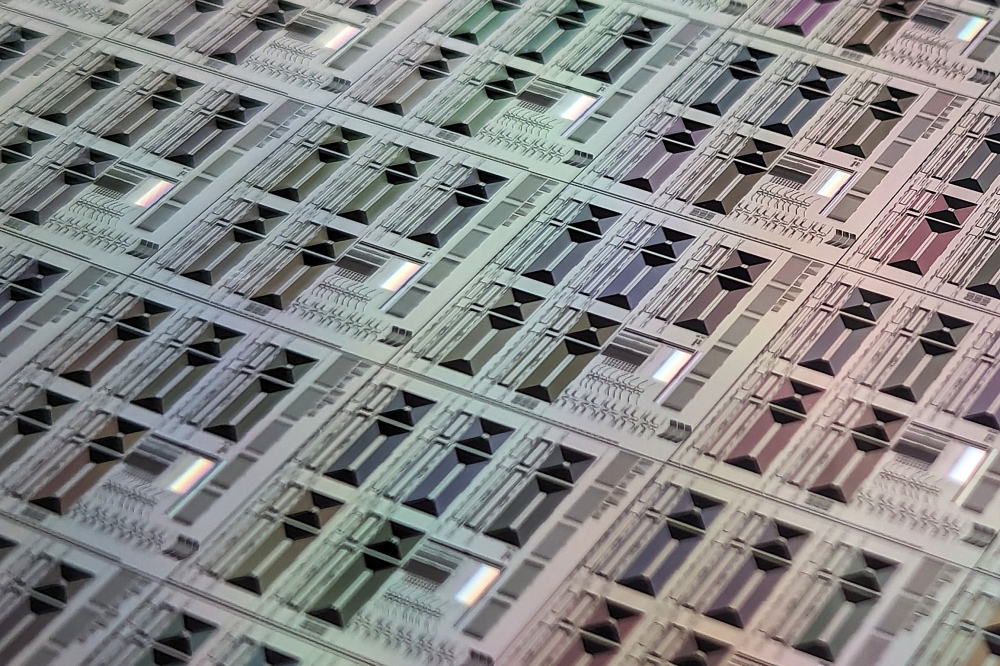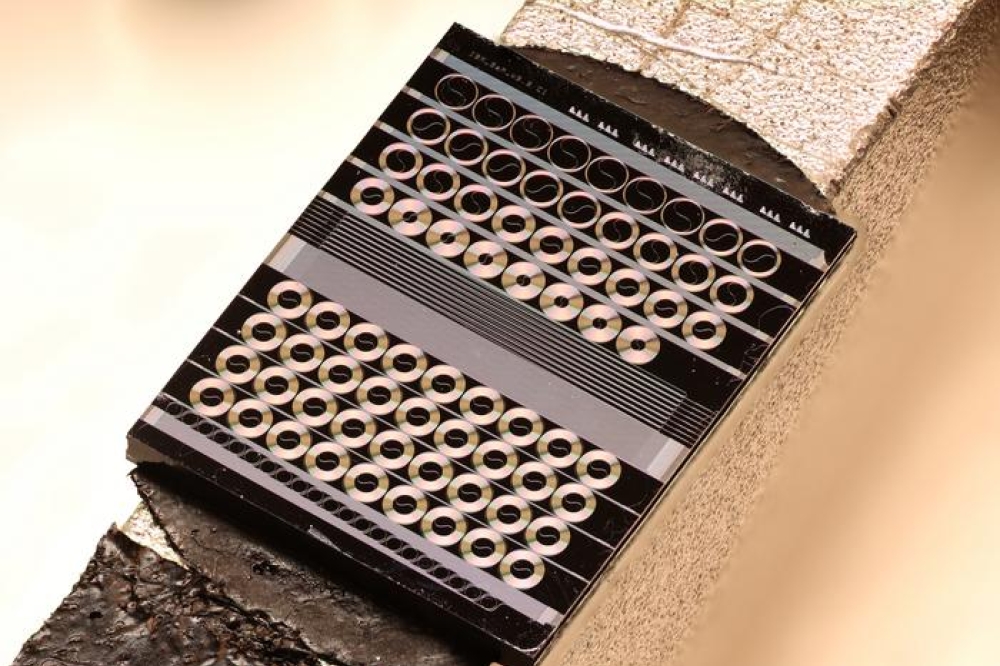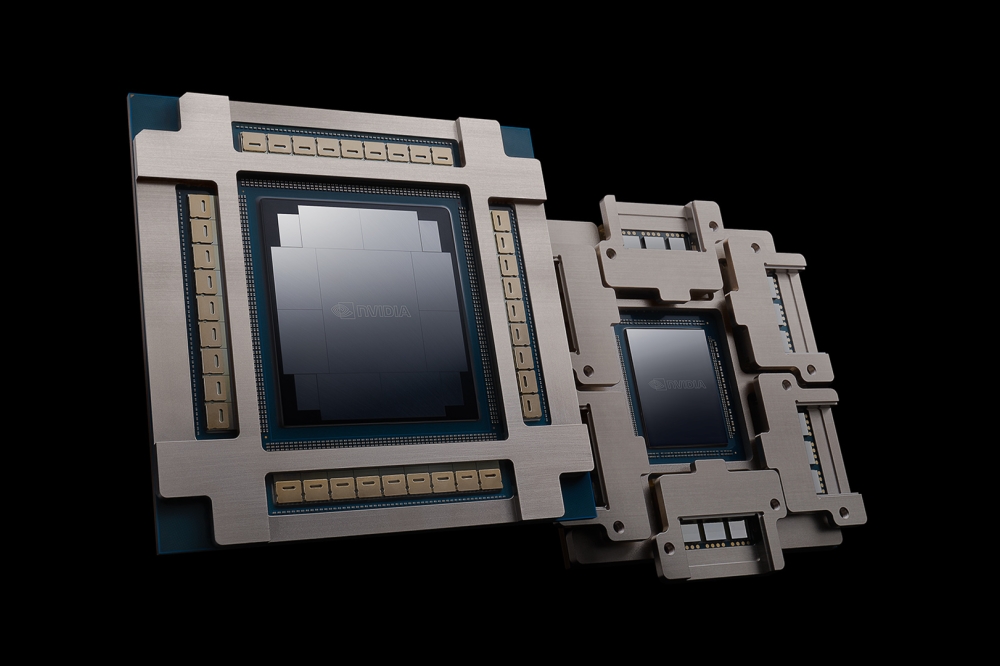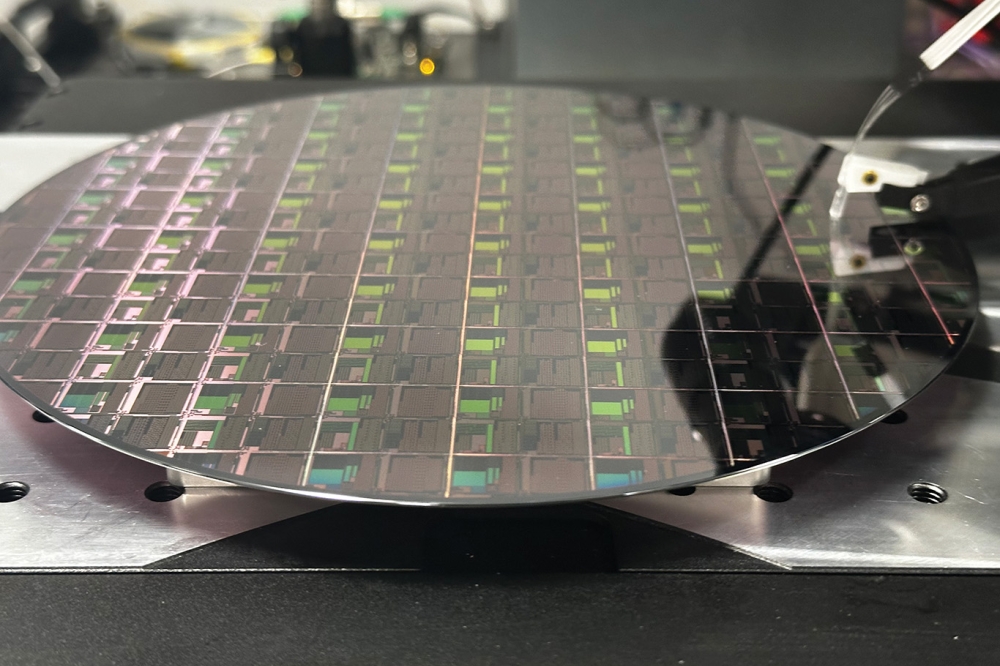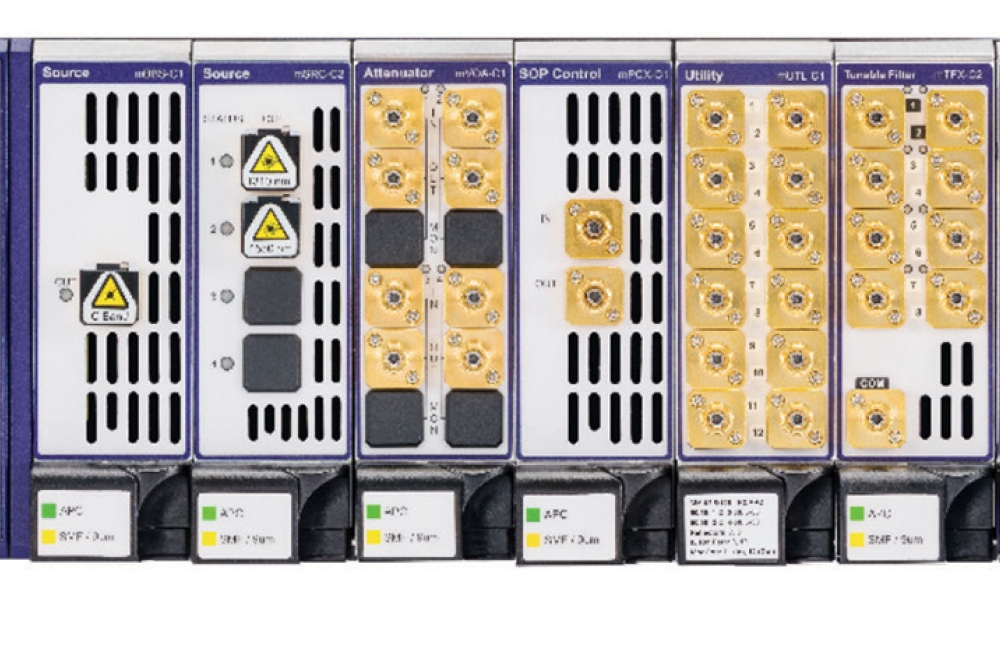HyperLight launches TFLN Chiplet platform for next-generation photonics
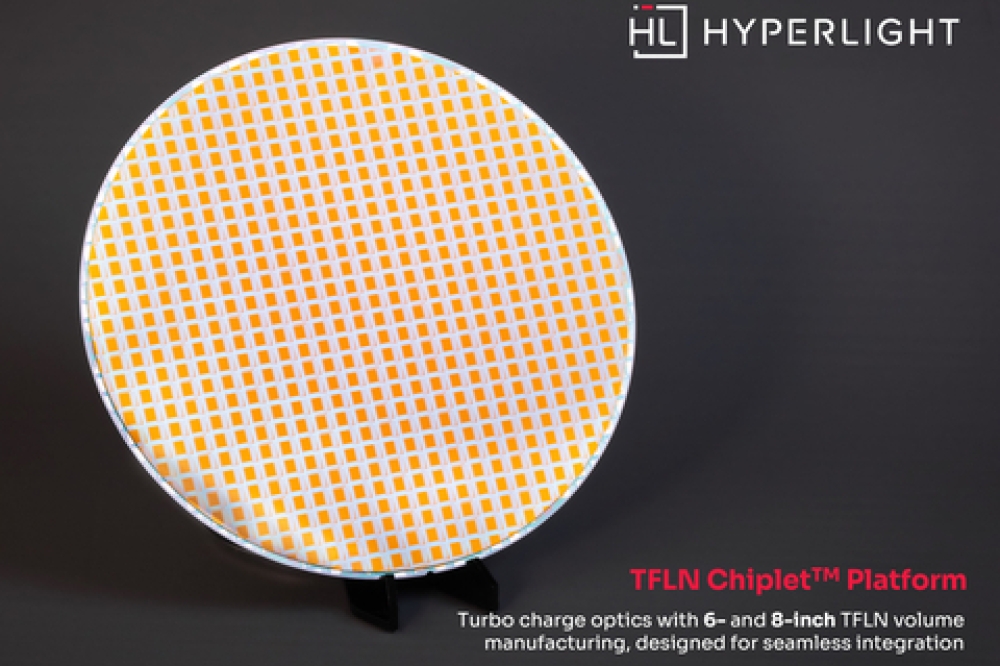
Built on the company’s 6-inch production line, with the addition of a new 8-inch pilot line, the platform aims to deliver both the scale and performance required for applications ranging from AI and datacoms to test and measurement and quantum
HyperLight, a company focusing on thin-film lithium niobate (TFLN) technology, has announced the launch of its TFLN Chiplet platform, a modular and scalable ecosystem designed to power the next era of photonics. According to the company, the platform is built on the industry’s first and only high-volume, qualified 6-inch TFLN manufacturing line in production today, now expanded with an 8-inch pilot line for future compatibility, and sets a new standard for scalable, integrated, and high-performance optical systems.
HyperLight says the TFLN Chiplet platform offers a rare combination of industrial readiness and technological superiority, enabling volume-ready solutions that unify wafer-scale fabrication, test, and integration. Backed by over a decade of R&D, and with over 70 pending and granted patents, the company says it provides its partners with access to the best TFLN innovations, ensuring freedom to operate and a stable foundation for long-term product roadmaps.
“For us, this isn’t just a technology launch – it’s the culmination of more than 10 years of R&D and platform refinement with our partners and the ecosystem,” said Mian Zhang, CEO of HyperLight. “The TFLN Chiplet platform is built for today’s industrial scale, evolves with the market, and is designed to align with our partners' and the ecosystem’s long-term success.”
Designed to meet the evolving and diverse demands of the modern photonics landscape, the TFLN Chiplet platform aims to deliver both the scale and performance required by today’s most advanced applications. For AI and data communications, HyperLight says it supports scalable, reliable, low-power, high-bandwidth components enabled by the company’s high-volume production line. In telecommunications, where reliability, signal integrity, and speed are critical, HyperLight says the platform’s best-in-class electro-optic performance with rigorous Telcordia qualification provides a distinct advantage. For precision test and measurement, meticulous calibration, tight process, and quality control ensure confidence in high-stakes measurement environments, the company adds, while in emerging domains like quantum computing, its low optical loss enables unprecedented functionalities for customers.
The TFLN Chiplet platform is built on HyperLight’s 6-inch high-volume production line – the cornerstone of its commercial manufacturing – and aims to provide the scale, maturity, and reliability required for deployment today. With the addition of a new 8-inch pilot line, HyperLight’s goal is to ensure forward compatibility with future integration and packaging standards, positioning itself as a foundational supplier for next-generation photonic systems. The platform’s modular, application-focused building blocks accelerate time-to-market and innovation across AI/datacom, telecom, quantum, and emerging domains, the company adds.





